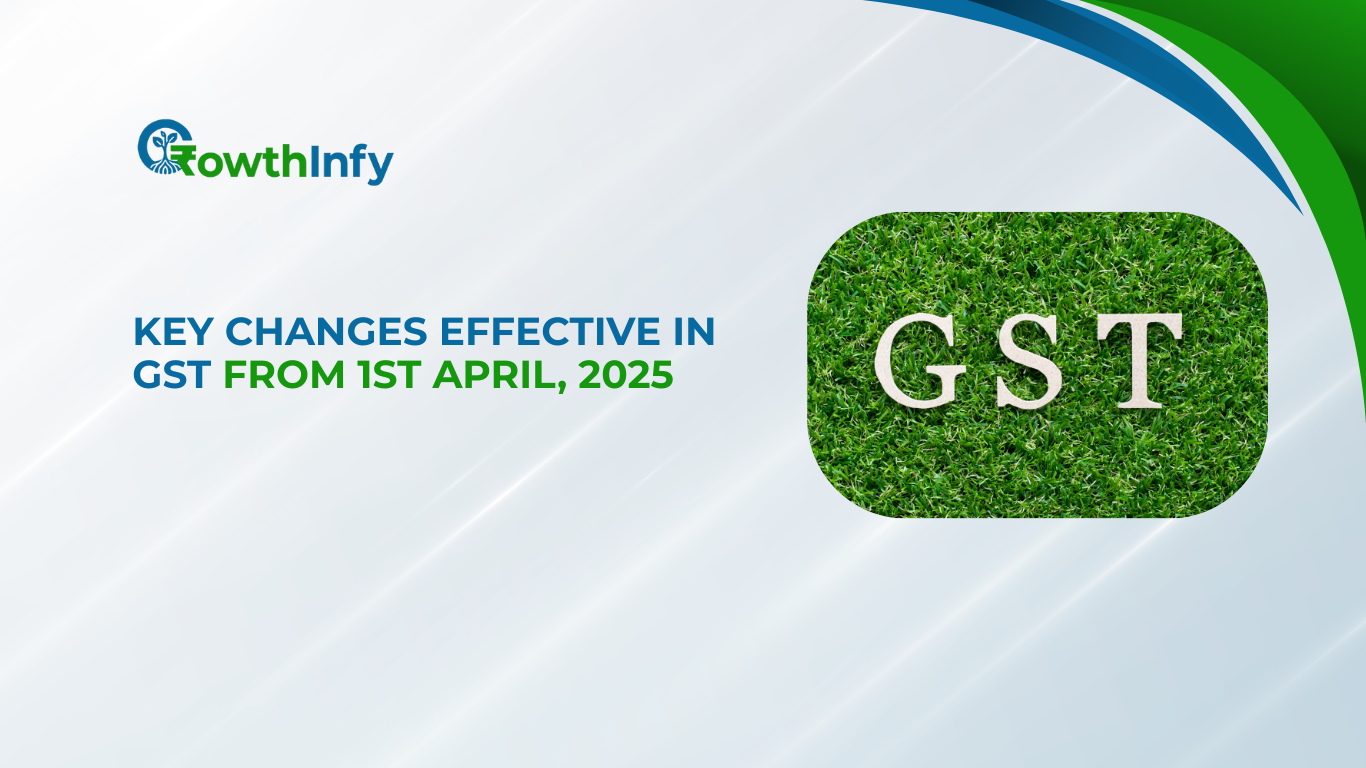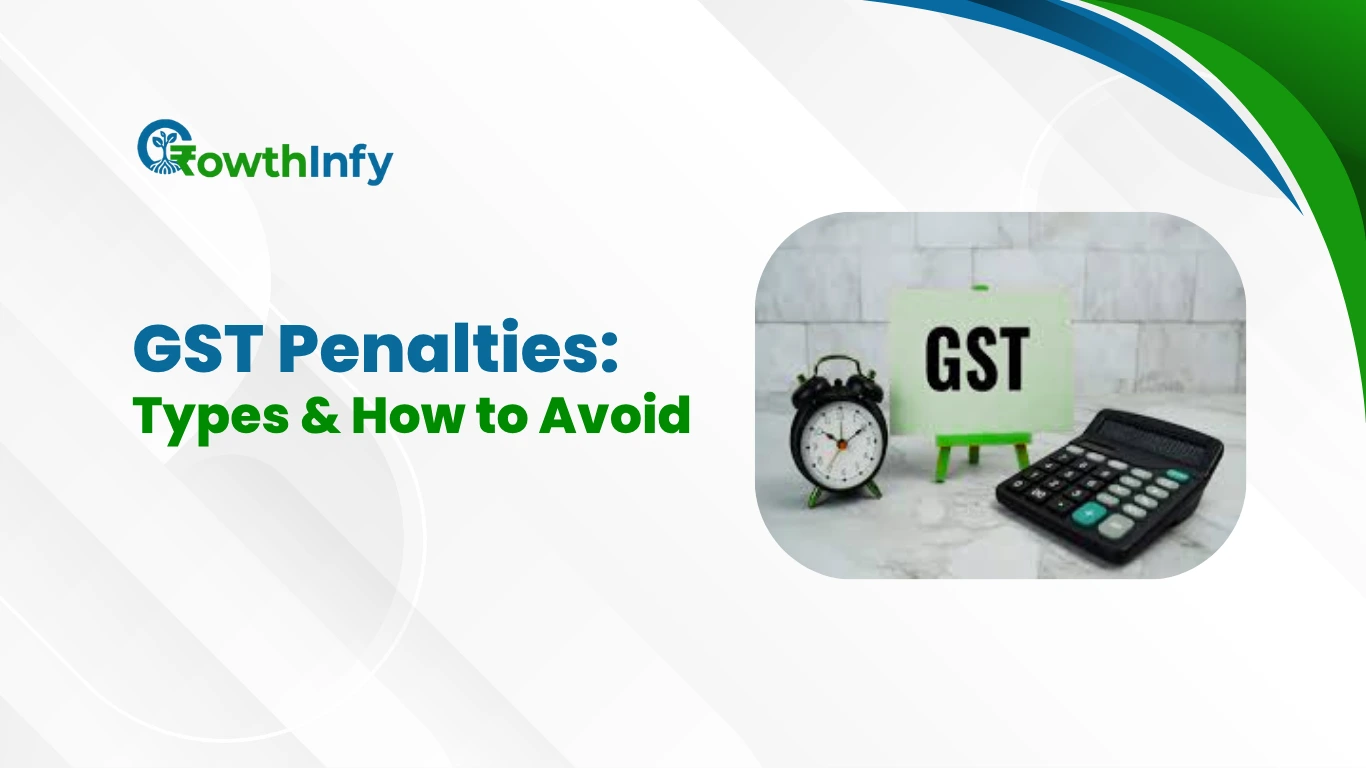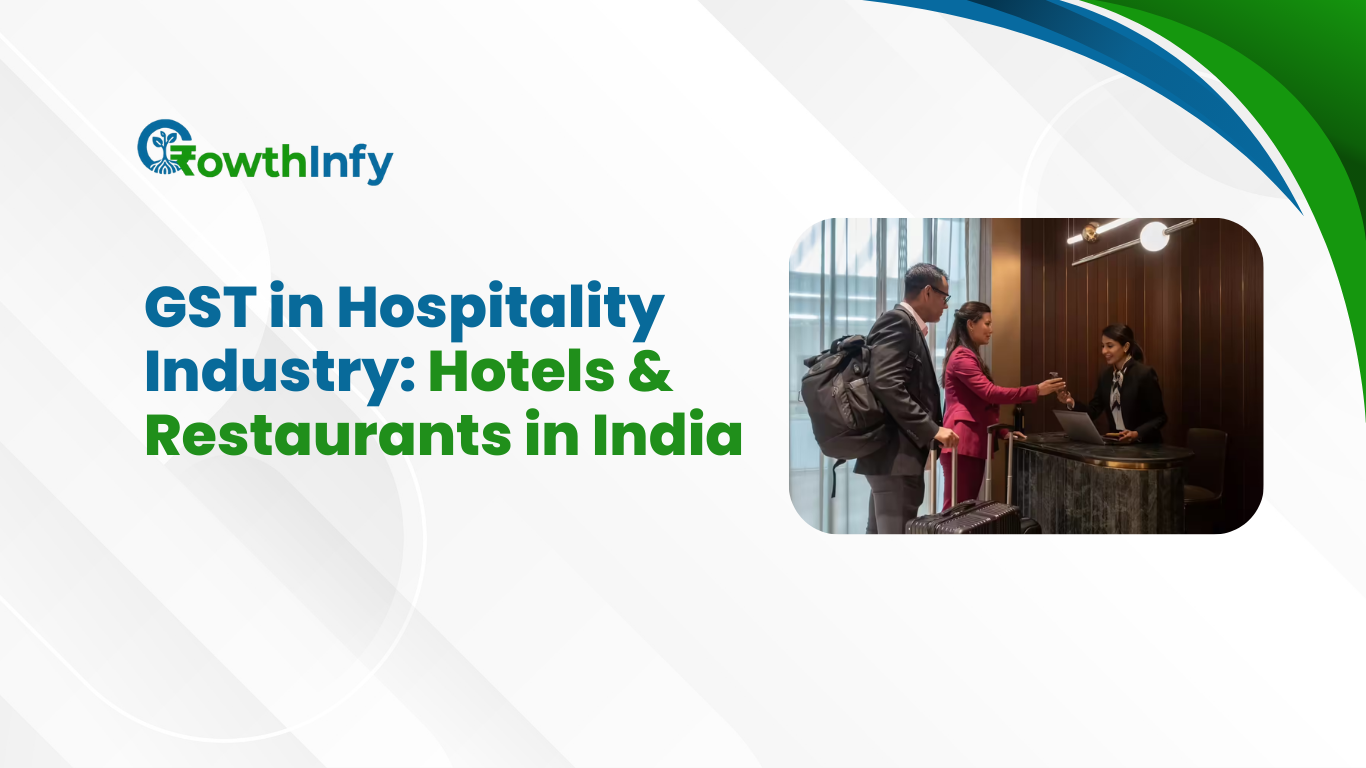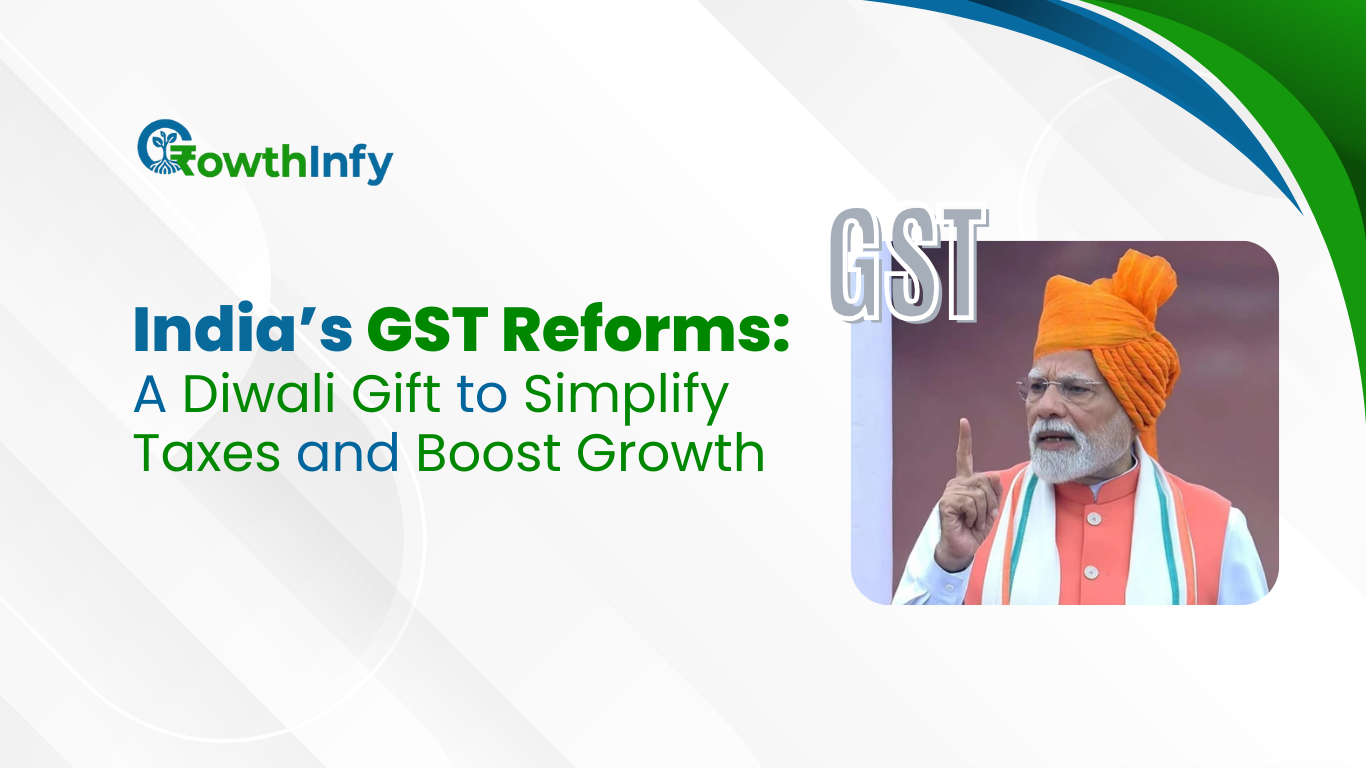Key Changes effective from 1st April, 2025 in GST
1.Compulsory Input Tax Distributor Registration (ISD)
Organisation have multistate GST Registration under a single PAN could either use the Input Service Distributor (ISD) mechanism or adopt a Cross Charge approach to distribute common input like audit fees, software licenses, banking services, consultancy services etc consumed across multiple locations. Before 1st April 2025 many opted for cross-charge due to its operational simplicity.
However, from 1st April 2025 onwards Indian government has made mandatory ISD registration such taxpayers. Under this model, businesses must issue ISD invoices and file GSTR-06 to distribute Input Tax Credit (ITC) across branches, ensuring better traceability and standardised reporting.
2.Changes the rate of hotels
Effective 1 April 2025, hotels classified as ‘specified premises’ began implementing an 18% Goods and Services Tax (GST) on meals served by their in-house restaurants. This change marks a shift from the previous 5% GST rate and is applicable to hotels offering accommodation services with room rates exceeding Rs 7,500 per day.
However, hotels not classified as ‘specified premises’ have the choice to continue with the 5% GST or switch to the 18% rate, as per directives from the government.
3.Mandatory Multi- Factor Authentication (MFA)
National Informatics Centre (NIC) has implemented the two-factor authentication on its portals such as the e-invoicing portals, NIC1 and NIC2, and e-way bill portal for certain taxpayers. Currently, the 2FA applies to taxpayers using these portals, as follows-
4.New E-Invoice generation rule:
From April 1, 2025, businesses with an Annual Aggregate Turnover (AATO) of above Rs.10 crore must upload e-invoices to the Invoice Registration Portal (IRP) within 30 days.




